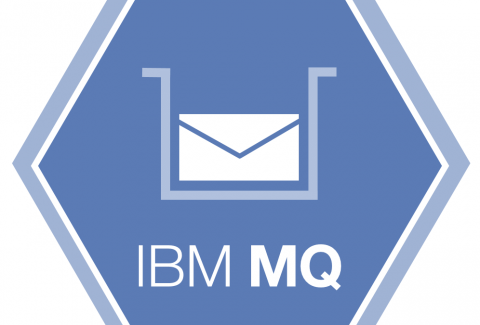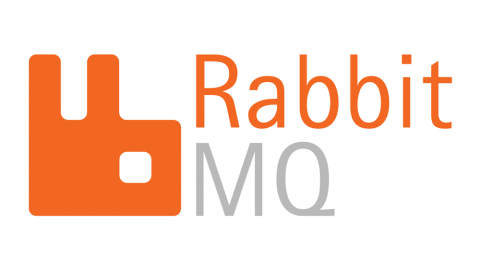Are Prometheus & Grafana Sufficient To Support Modern IT?
When discussing Prometheus and Grafana, our VP of Service Delivery said to me, "We can say whatever you want on our website or on a blog post but what REALLY makes a difference in terms of $$$ is DOING it in the field. Applying this in the field with real customers is where everything gets real. My customer was going full tilt to build a project for testing Prometheus, Grafana, ELK and Splunk for leveraging data intelligence until we stopped them. We told them unabashedly: 'Gents, we're sorry but that's just a messy strategy. You should be using XRay for that.' Sometimes you just have to go balls out with a customer ... well, they listened, and we delivered."







